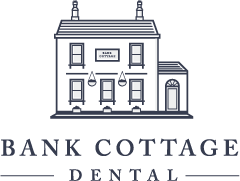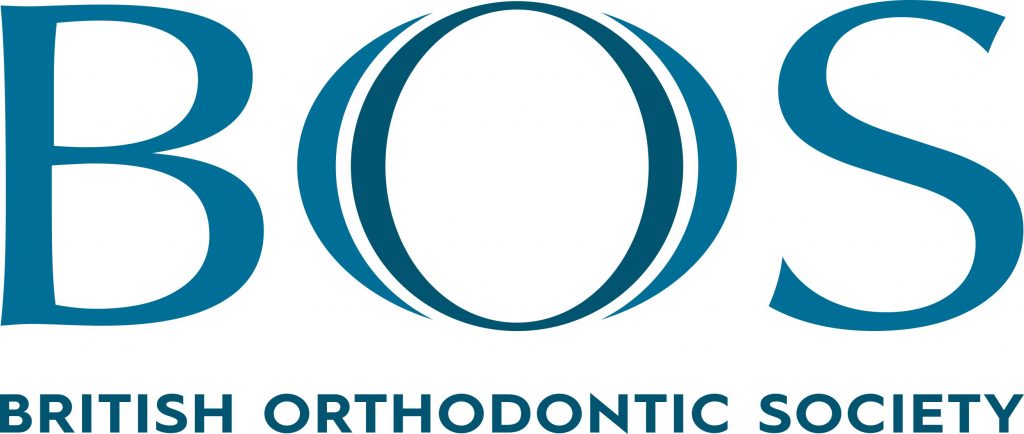New patient's welcome. Please contact the practice to enquire.
Missing Teeth And Gaps
- Home
- >
- Treatments
- >
- Missing Teeth And Gaps
Although gaps between teeth are normal and commonly seen in young children, if gaps persist into adolescence and adulthood, it may be worth seeking an opinion on the reason for this, because this may affect your bite and appearance if left untreated.
Gaps may occur due to the disproportion of the size of teeth and jaws, whereby the teeth are relatively small. Where it occurs between the upper middle front teeth (central incisors), it is referred to amongst the profession as a diastema and is often associated with an oversized fleshy fibrous tissue (labial frenum). Your specialist orthodontist can advise on whether it is appropriate to leave this or discuss your options for closing or cosmetically disguising the gap.
Gaps can also occur, however, because an adult tooth may knowingly or unknowingly have not developed (hypodontia); or because they have not erupted due to being impacted or because the tooth germ has developed in a wrong position. There are also some rarer situations whereby roots of teeth are fused to the bone (ankylosed) and fail to erupt.
There are also more unfortunate reasons why gaps may appear through teeth having to be removed due to decay, gum disease, or as a result of damage through trauma.
Why Should Gaps Be Treated?
Although subtle gaps between teeth can add character to a smile, and some celebrities like Elijah Wood, Madonna, Elton John, and Georgia May Jagger, have embraced this, larger gaps can appear unsightly and distracting when smiling.
Larger gaps can also provide space for adjacent teeth to drift and tip into overtime, which can disrupt the bite and overall fit of teeth. Opposing teeth can also tip and “hang down,” over-erupting into these spaces. Smaller gaps, on the other hand, can lead to food being trapped between the teeth and can be more difficult for patients to clean, resulting in a build-up of calculus between the teeth and potential gum problems.
If you notice your gaps are getting larger and your teeth appear to be mobile and moving out of line, then it is important you seek an opinion from your dentist or a specialist orthodontist to determine the cause of this, and confirm that your gums are healthy and your teeth are not moving as a result of gum (periodontal) disease.
There are also occasions when gaps appear as a result of a persistent habit, often involving your tongue, often unknowingly to yourself. It may be a tongue thrust or habitual placement of your tongue, and by identifying this early a specialist orthodontist can help to reduce or limit any undesirable effects.
There are many options for treating gaps, either by orthodontic treatment or cosmetic dental work and in other cases it may be more suitable to have a combination of orthodontic and cosmetic dental treatment.
If you have gaps or missing teeth and would like to discuss your treatment options, please contact our specialist orthodontist at Bank Cottage Dental Practice on 01454 412053 for a consultation.
Back to treatmentsTreatments
Get in touch
Have a question?

The key to retirement is to find joy in the little things

In retirement, there’s a whole new life ahead, full of experiences just waiting to happen

Never too old to set a new goal or dream a new dream

Retire from your job, but never from your mind.

Team Building On Track
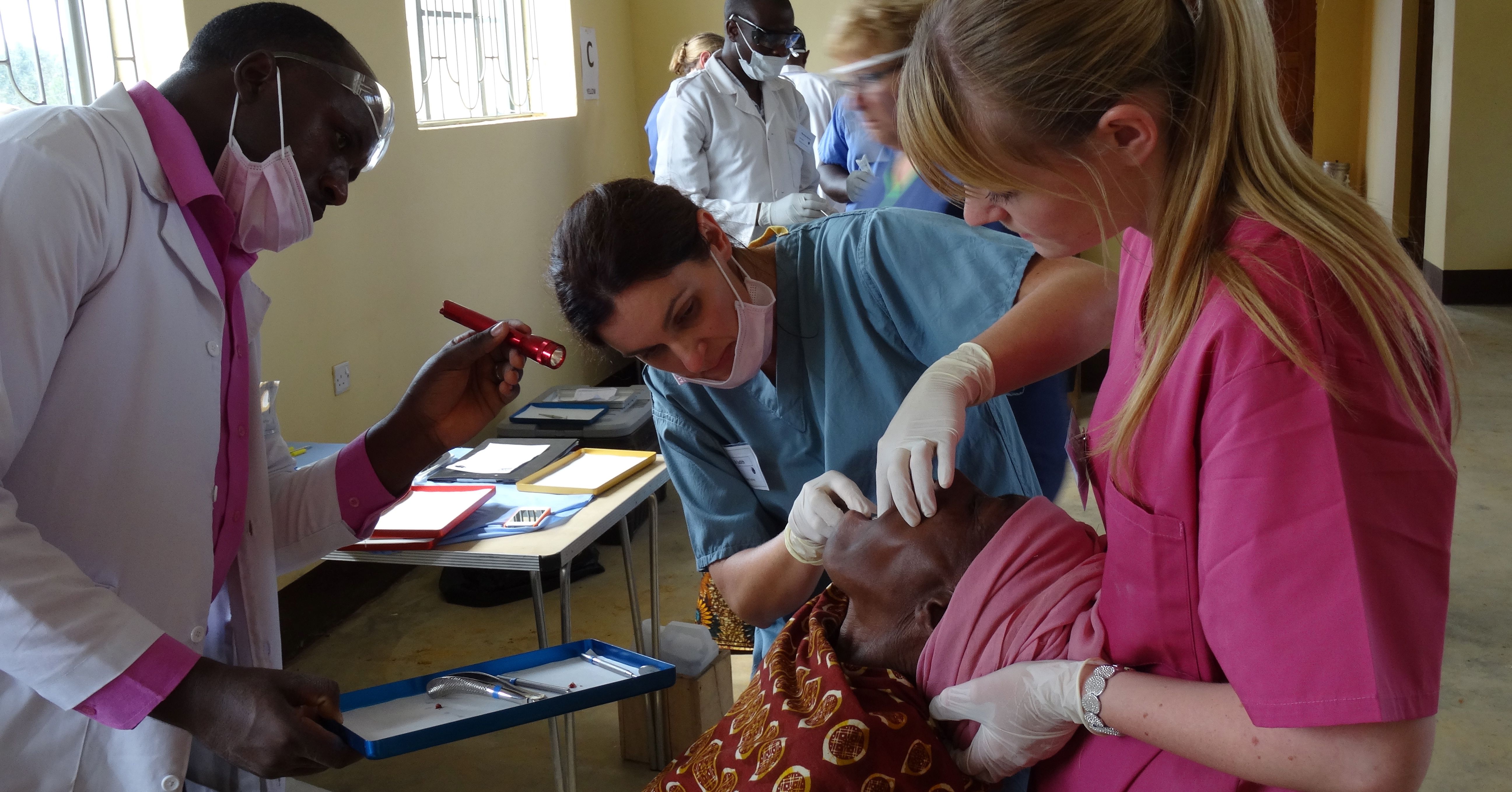
Bridge2Aid - our chosen charity. How you can help
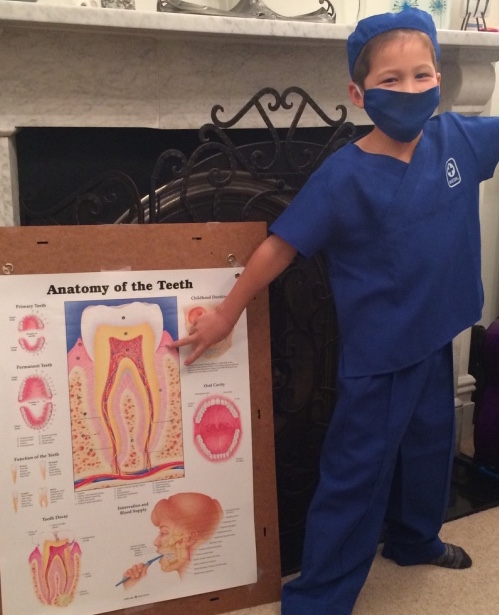
Sharing is caring - let's work together to improve the future for our children!
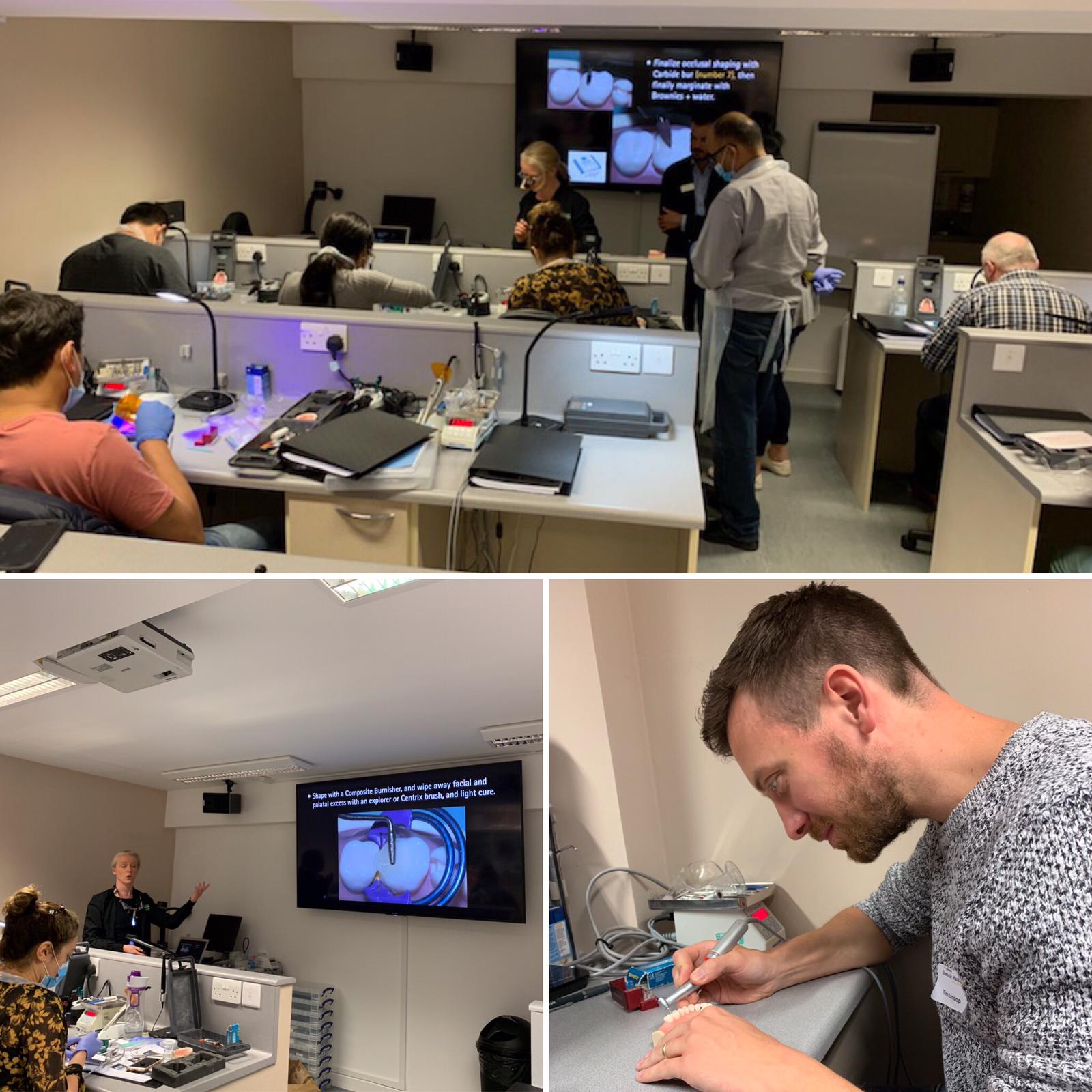
Modern Dentistry Training

Fireman Sam in Thornbury?

The key to retirement is to find joy in the little things

In retirement, there’s a whole new life ahead, full of experiences just waiting to happen

Never too old to set a new goal or dream a new dream

Retire from your job, but never from your mind.

Team Building On Track

Bridge2Aid - our chosen charity. How you can help

Sharing is caring - let's work together to improve the future for our children!

Modern Dentistry Training

